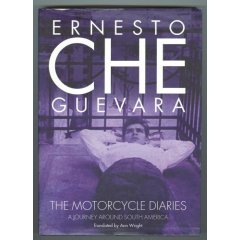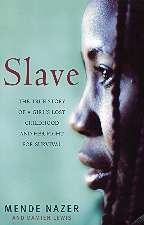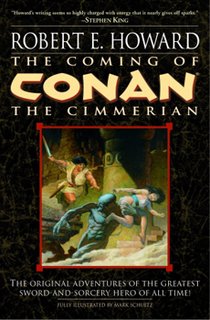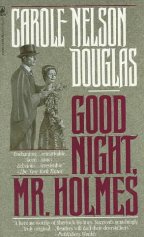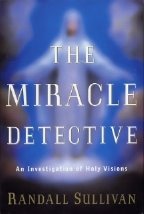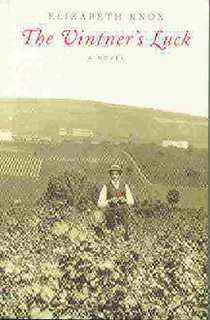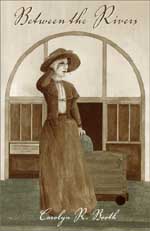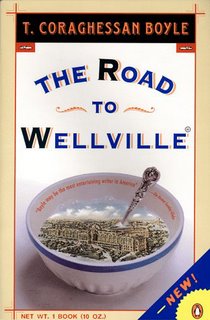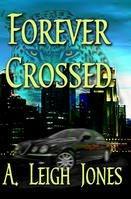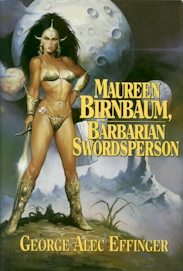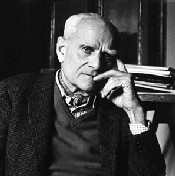
Beatrice Cenci. Alberto Moravia
Beatrice Cenci is a play based on a true story. In 1598 20 year old Beatrice Cenci, with help from her step-mother and two servants, killed her father Frencesco while he held her prisoner in the remote castle of La Petrella, in the Abruzzi, north of Rome. The historic facts are well-presented in Charles Nicholl's 1998 London Review of Books article "Screaming in the Castle". The play focuses on the interactions of these five people leading up to and immediately following the murder. All of the scenes take place in the main room of the castle.
Francesco is of an ancient Roman family who has turned to bebauchery and immorality as a cure for his boredom. He has taken his second wife Lucrezia and his youngest daughter Beatrice to this isolated castle and keeps them isolated from everyone but two male servants: Olimpio, the manager of the castle, and Marzio, a musician. He has isolated them and amuses himself by toying with them.
Moravia is a major figure in 20th century Italian literature better known for his novels, short stories, and journalism. This play is a play of dialog with characters coming in and out of the one scene and interacting. All of the action occurs off-stage. So the dialog is essential, and the translation becomes critical. Beatrice Cenci was translated by Angus Davidson, who has translated many of Moravia's works into English.
The play opens when Beatrice is waiting with Lucrezia. She has secretly through Marzio sent a letter to her brother in Rome pleading with him to rescue her from her captivity or she will be forced to do something foolish. Marzio, however, has been forced to give the letter to Olimpio, who sees in Beatrice's desperation a chance to force himself on her as her last hope. Olimpio has in turn givent he letter to Francesco to dash Beatrice's only hope other than him for relief.
The play shows people who, desperate to seek the fulfillment of their own needs, resort to subterfuge and sexual manipulation. Throughout the play Beatrice compares human justice that deals in lies and corruption to a higher justice which is based on trust and love. She knows that she has acted properly in ending the injustice done to her, but she also knows that human justice, which kept her prisoner for two years, will not condone her act.
By using the genre of a play Moravia tries through dialog to breathe life into these fascinating characters of Roman history. The play is well writtenalthough a little heavy. I believe that it leaves much to the actors to bring life to the words in their mouths.
Little is really known of what happened in that castle 400 years ago and many authors and artists have attempted to bring the story of Beatrice to life in their work. Moravia does a good job of pointing out the power dynamics of the situation.

